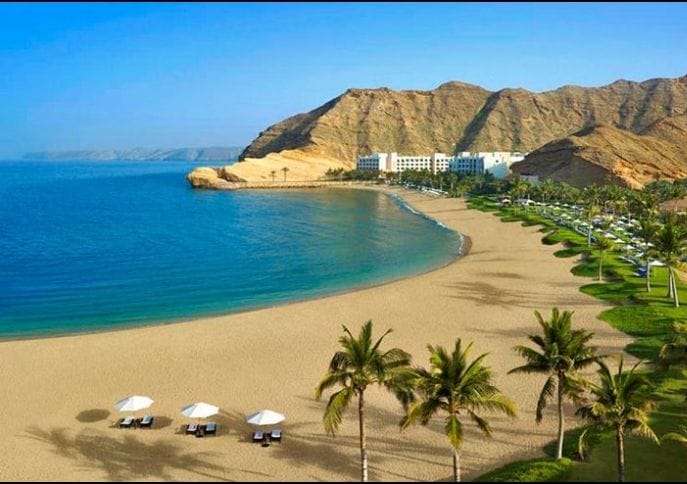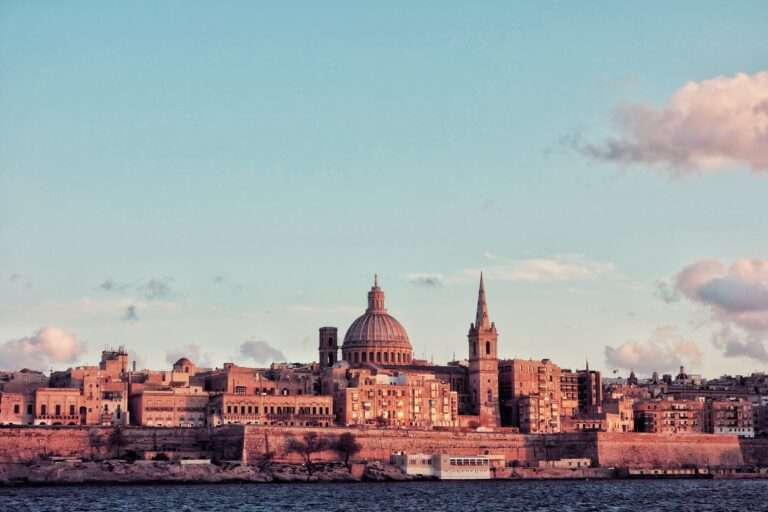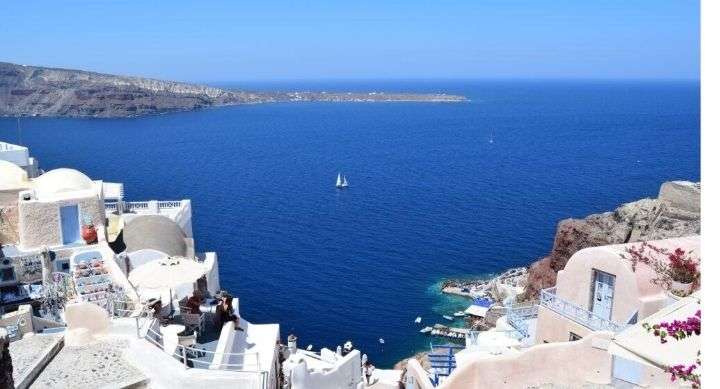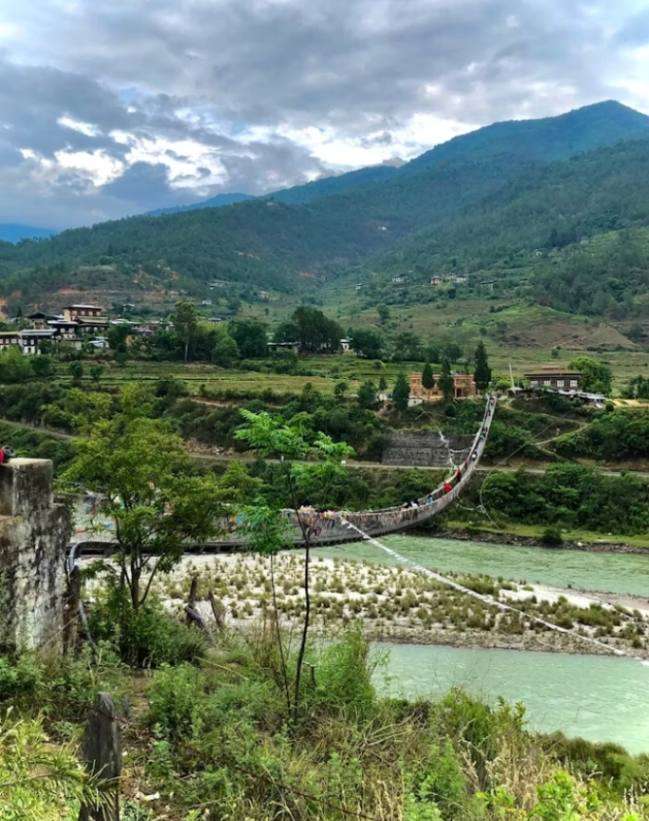Discover the world’s most mysterious places and captivating locations, each shrouded in its own unique veil of mystery. From the infamous Bermuda Triangle, known for unexplained disappearances, to the ancient and awe-inspiring Nazca Lines in Peru, these places have long fascinated and perplexed people around the globe. The colossal stone statues of the Moai on Easter Island and the prehistoric monument of Stonehenge in England continue to intrigue and inspire wonder. Additionally, the secretive U.S. Air Force facility, Area 51, has been a subject of countless conspiracy theories and speculation. Join us on a journey to explore these mysterious places and uncover the secrets that have captured the imagination of generations.
Contents
- 1 mysterious places of the world
- 1.1 1.The Bermuda Triangle
- 1.2 2.The Nazca Lines
- 1.3 3.The Moai of Easter Island
- 1.4 4.The Lost City of Petra, Jordan
- 1.5 5.Lake Baikal, Siberia
- 1.6 6.The Stonehenge
- 1.7 7.Machu Picchu, Incan Empire
- 1.8 8.The Area 51
- 1.9 9.Great Blue Hole
- 1.10 10.Blood Falls
- 1.11 11.Coral Castle
- 1.12 12.The Crooked Forest
- 1.13 13.The Devil’s Bridge in Kromlau
- 1.14 14.Gate of Hell (Turkmenistan)
- 1.15 Faqs
mysterious places of the world
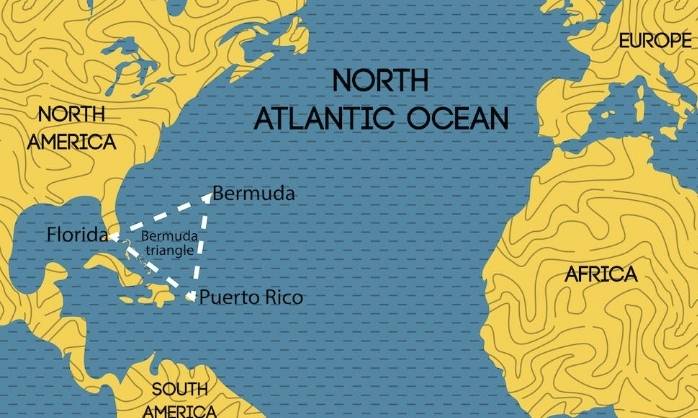
1.The Bermuda Triangle
Known as the “Devil’s Triangle,” this mysterious region in the Western Atlantic Ocean has inspired countless books, movies, and documentaries due to the seemingly unexplainable disappearances of ships and aircraft. The Bermuda Triangle is generally considered to lie between Miami, Bermuda, and Puerto Rico. While specific numbers vary, reports indicate that over 50 ships and 20 aircraft have vanished in the area since the 15th century.
Some of the proposed explanations for these disappearances include:
Environmental factors: Storms, rough seas, and sudden weather shifts are common in the region, leading to the loss of ships and planes.
Geographical challenges: The area is marked by steep drop-offs, coral reefs, and other obstructions that pose risks to navigation.
Magnetic anomaly: The Agonic Line, where the earth’s magnetic field is weak, passes through the Triangle, potentially affecting compass readings and increasing navigational errors.
Rogue waves: Massive waves capable of sinking entire ships and destroying all evidence of their passing.
Aliens, cryptids, and other fantastical entities: Popularized by sensational media coverage, these theories offer little empirical evidence.
Despite the persistent mythology surrounding the Bermuda Triangle, the U.S. Navy and Coast Guard assert that there is no compelling evidence supporting extraordinary causes for the losses experienced in the region. Instead, they attribute the disappearances to ordinary events made worse by human error, faulty equipment, and the harsh environment
2.The Nazca Lines
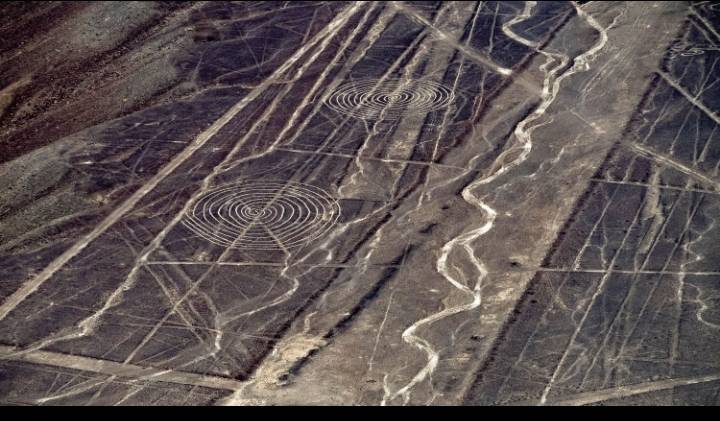
The Nazca Lines are a collection of geoglyphs carved into the Nazca Desert in southern Peru. Created between 500 BC and 500 AD, these figures consist of lines, curves, and geometric shapes, as well as representations of animals and plants. The Nazca Lines are recognized as a UNESCO World Heritage Site and are considered one of humanity’s greatest artistic achievements.
Key aspects of the Nazca Lines include:
Construction: Made by removing pebbles and exposing different colored soils, the lines are typically 30 centimeters to 1.8 meters wide.
Visibility: Best appreciated from the air, the lines become less distinct when viewed from the ground or adjacent foothills.
Preservation: Due to the desert’s dry climate and minimal precipitation, the lines have remained relatively intact despite occasional threats from development and environmental change.
Interpretation: Various theories exist concerning the lines’ intended use, ranging from astronomical calendars to ritual pathways. However, definitive proof of their function remains elusive.
Discovery: First mentioned in writing by Pedro Cieza de Léon in 1553, the lines were officially discovered in the 20th century by Peruvian military and civilian pilots
Although the Nazca Lines do not possess the same degree of mystery as the Bermuda Triangle, they continue to captivate scientists, anthropologists, and tourists alike with their enigma and grandeur.
3.The Moai of Easter Island
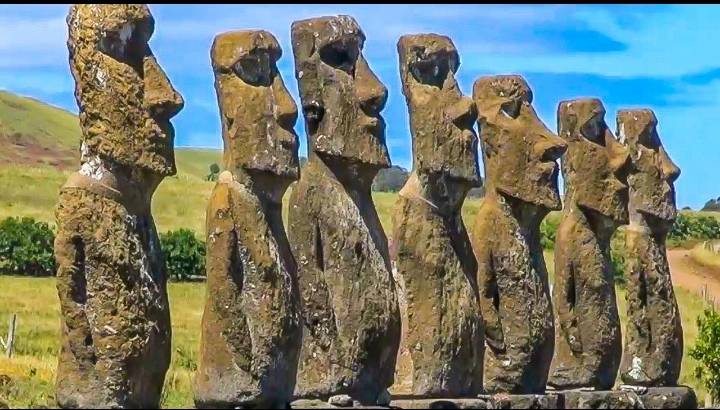
The Moai of Easter Island, also known as Rapa Nui, are massive stone statues that were created by the island’s native inhabitants between approximately 1400 and 1650 A.D. These iconic figures, often referred to as the Easter Island heads, are recognized as one of the most distinctive and enigmatic forms of art in the world.
The Moai are believed to represent ancestral chiefs who were revered for their supernatural powers and were intended to protect the community. Carved from soft volcanic tuff at Rano Raraku, a quarry on the island, the Moai were then transported to various locations on the island, where they were erected on stone platforms known as ahu.
The Moai are characterized by their large, elongated heads, strong brows, deeply inset eyes, prominent noses, and distinctively carved ears. While many of the Moai are found in various stages of completion at the quarry, a significant number were successfully transported and erected on ahu platforms.
The process of creating and transporting these colossal statues remains a subject of fascination and mystery. The construction and transportation methods used by the Rapa Nui people, who lacked advanced tools and technology, continue to be a topic of scholarly debate and investigation.
The Moai are not only a testament to the artistic and engineering prowess of the Rapa Nui civilization but also serve as a poignant reminder of the island’s rich cultural heritage. Today, these enigmatic statues attract visitors from around the world, drawing them into the captivating history and enduring allure of Easter Island.
4.The Lost City of Petra, Jordan
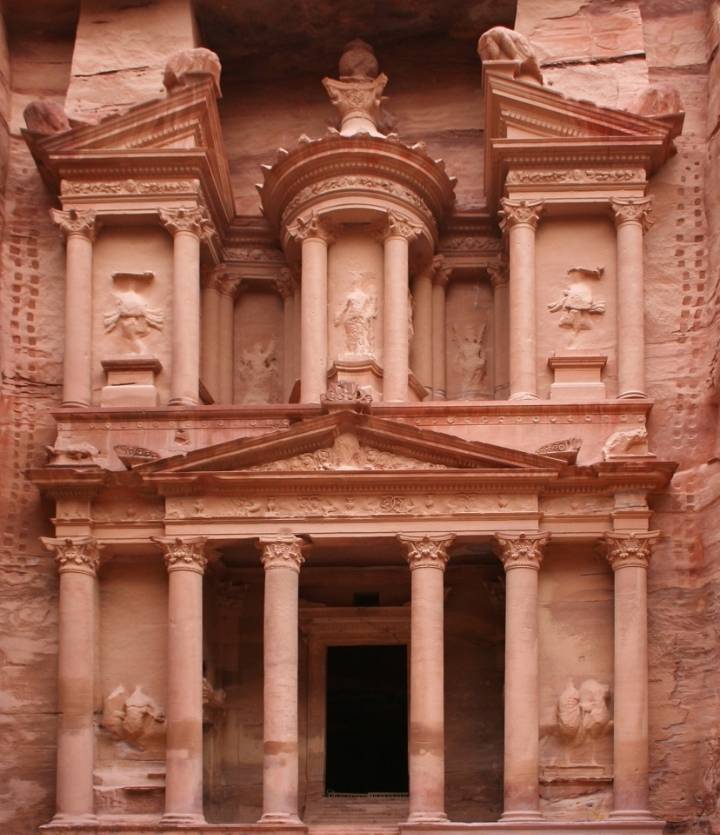
Petra, a historical and archaeological city in southern Jordan, is famously known for its rock-cut architecture and intricate details carved into the reddish sandstone cliffs. Originally named Raqmu or Raqēmō, Petra served as the capital of the Nabataean Kingdom from around 312 BCE to 106 CE, when it fell under Roman rule. The city was a hub of trade and culture, welcoming merchants from across the globe, including Egypt, China, and Greece.
Despite its impressive size and significance, Petra remained largely forgotten until its rediscovery by Swiss traveler Johann Ludwig Burckhardt in 1812. Since then, Petra has become a major tourist attraction and was declared a UNESCO World Heritage site in 1985. However, much of the city remains unexcavated, with archaeologists estimating that only 15% of Petra has been explored so far.
One of the most notable features of Petra is the Siq, a narrow, winding gorge leading to the city’s main entrance. Other highlights include the Treasury (Al Khazneh), the Street of Facades, and the Monastery (Ad Deir). The city’s elaborate tombs, temples, and palaces demonstrate the skill and creativity of the Nabataeans, whose innovations in water management and urban planning allowed Petra to flourish in the harsh desert landscape.
5.Lake Baikal, Siberia
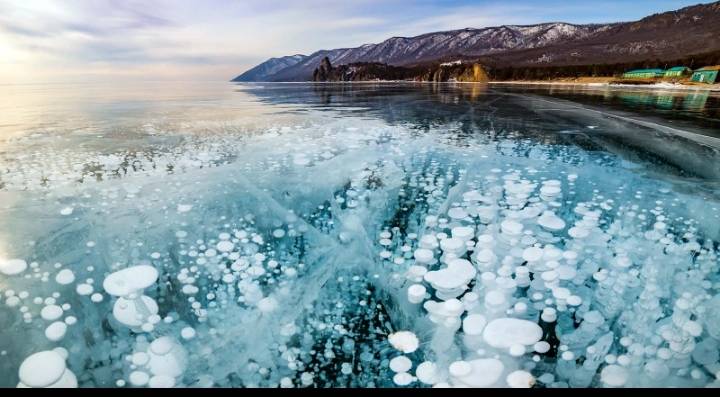
Lake Baikal, located in Southern Siberia, is the oldest and deepest freshwater lake on Earth, dating back to about 25-35 million years old.
It covers an area of approximately 31,722 km² and holds nearly 20% of the world’s unfrozen freshwater reserve. The lake is renowned for its incredible depth of up to 5,315 feet (1,620 meters). It’s unique flora and fauna, such as the Baikal seal, make it a scientific marvel.
Despite its pristine beauty, Lake Baikal faces challenges related to pollution and conservation efforts.
This lake is a UNESCO World Heritage Site.
6.The Stonehenge
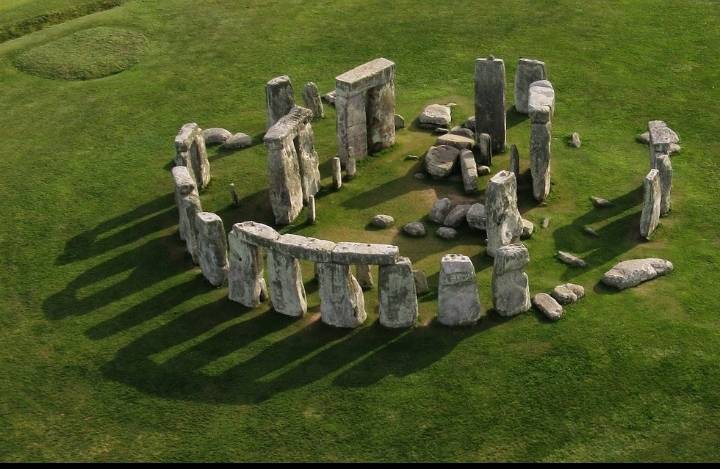
Stonehenge, an ancient monument nestled in Wiltshire, England, stands as a captivating symbol of British heritage. Its mysterious stone circle, crafted over 5,000 years ago, holds secrets from the late Neolithic period. Serving as a burial ground since its inception, traces of human existence dating back to 3000 BC have been unearthed within its confines. Despite centuries of scrutiny, the true purpose of Stonehenge remains elusive, shrouding it in intrigue and fueling endless speculation among scholars and historians.
Under the custodianship of English Heritage and surrounded by the lands of the National Trust, Stonehenge stands as a testament to human ingenuity and endurance. Its allure knows no bounds, drawing visitors from across the globe to ponder its enigmatic presence. Recognized by UNESCO as a World Heritage Site in 1986, Stonehenge transcends mere antiquity, serving as a sacred site for Neo-Druids, Pagans, and adherents of ancient earth-based religions. Its cultural and historical significance endures, weaving seamlessly into the tapestry of England’s vibrant heritage.
7.Machu Picchu, Incan Empire
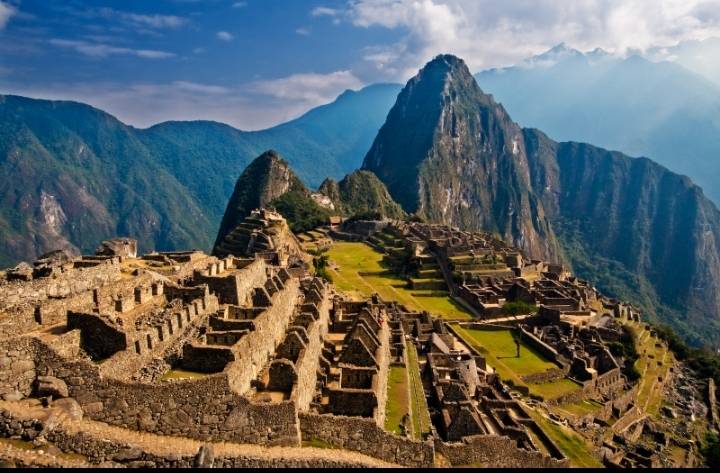
Located amidst the lofty peaks of the Peruvian Andes, Machu Picchu stands as an awe-inspiring testament to ancient Inca civilization. Crafted around 1450, this archaeological marvel is hailed as one of the world’s most breathtaking sites, earning its place as a Peruvian Historical Sanctuary and UNESCO World Heritage Site. While the precise motives behind its creation remain veiled in mystery, scholars speculate it served as a sanctuary for the elite echelons of the Inca aristocracy.
Attributed to the visionary leadership of the Inca Emperor Pachacutec, Machu Picchu’s genesis echoes the ingenuity and resilience of a bygone era. Constructed sans mortar, metal tools, or the wheel, its majestic architecture seamlessly integrates with the rugged terrain, a testament to human adaptability and architectural prowess. Despite succumbing to abandonment during the Spanish conquest in the sixteenth century, Machu Picchu endures as a poignant symbol of Inca grandeur and craftsmanship.
Today, throngs of visitors flock to this sacred site, drawn by its ethereal beauty and rich historical tapestry. Honored as one of the New Seven Wonders of the World in 2007, Machu Picchu continues to captivate the imaginations of travelers worldwide, its allure undiminished by the passage of time. Amidst Peru’s diverse attractions, Machu Picchu stands as a beacon of cultural heritage and natural splendor, perpetuating the legacy of its creators for generations to come.
8.The Area 51
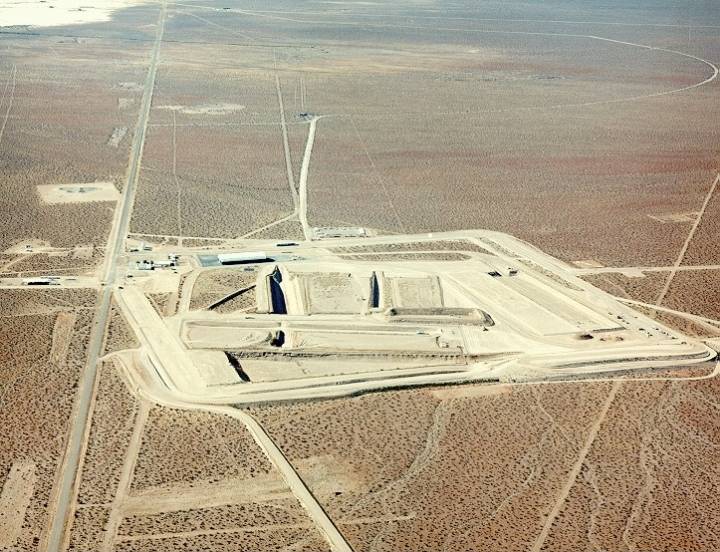
Located within the vast expanse of Nevada lies Area 51, a clandestine U.S. Air Force installation veiled in secrecy and intrigue. Reverberating with tales of extraterrestrial encounters and covert operations, this enigmatic facility has become a focal point for conspiracy theories and speculative fiction. Despite the fervent conjecture surrounding its existence, concrete information regarding its activities remains elusive, perpetuating its aura of mystery.
Shielded from public scrutiny by layers of classified information, Area 51 continues to captivate the imagination of curious minds worldwide. While it has been immortalized in countless narratives and media portrayals, the true nature and purpose of this remote outpost remain concealed behind a veil of secrecy. As whispers of otherworldly encounters echo through the annals of popular culture, Area 51 stands as a testament to humanity’s enduring fascination with the unknown, its enigmatic presence inviting endless speculation and conjecture.
9.Great Blue Hole

The Great Blue Hole stands as a captivating underwater sinkhole off the Belize coast, nestled within Lighthouse Reef, an atoll about 100 kilometers from Belize City. This expansive network of interlinked underwater caves showcases mesmerizing formations like stalagmites, dripstone sheets, and columns, believed by scientists to have formed long before the area became submerged. Circular in shape, it spans 300 meters in diameter and plunges to a depth of 125 meters.
As a integral component of the Belize Barrier Reef Reserve System, a UNESCO World Heritage Site, it entices recreational scuba divers with its unparalleled underwater environment. Dive expeditions to the Great Blue Hole typically entail a full-day adventure, featuring one dive within the Blue Hole itself and two additional dives exploring nearby reefs. Its geological origins trace back to various phases of the Quaternary glaciation, when lower sea levels facilitated its formation.
The sinkhole’s evolution unfolded as rising ocean levels flooded the cave and eventually led to the collapse of its roof. Recognizable even from space, the Great Blue Hole is an indelible part of the Belize Barrier Reef Reserve System.
10.Blood Falls

Blood Falls in Antarctica is a natural phenomenon where iron-rich water emerges from a glacier, giving the appearance of blood flowing from the ice. The red color comes from oxidized iron in the water, and despite its eerie appearance, it is a completely natural occurrence
11.Coral Castle

Coral Castle is a mysterious structure built by Edward Leedskalnin in the early 20th century. This castle, made of massive blocks of coral rock, was constructed by Leedskalnin single-handedly and without modern machinery, leading to speculation about the methods he used to move these heavy stones.
12.The Crooked Forest

The Crooked Forest, located in the village of Nowe Czarnowo near Gryfino, West Pomerania, Poland, is a grove of around 400 oddly-shaped pine trees that bend sharply to the north just above ground level before curving back upright after a sideways excursion of one to three meters. These curved pines are enclosed by a surrounding forest of straight pine trees, creating a mysterious and unique sight. The origin of these peculiarly shaped trees remains a mystery, with various theories proposed but no definitive explanation.
Speculations range from human manipulation to create naturally curved timber for furniture or boat building to the possibility of a snowstorm causing the trees to bend. Despite the lack of concrete evidence, the Crooked Forest continues to intrigue visitors and researchers alike, offering a fascinating natural phenomenon that defies easy explanation.
13.The Devil’s Bridge in Kromlau

The Devil’s Bridge in Kromlau, Germany, also known as Rakotzbrücke, is a stunning architectural marvel commissioned in 1860. This bridge was designed to create a perfect circle when reflected in the water below, giving it a magical and mystical appearance. The thin arch of the bridge stretches over the waters of Rakotzsee and is built out of various local stones. The bridge is part of Kromlauer Park and is adorned with rock spires at each end to resemble natural basalt columns.
The legend surrounding Devil’s Bridges like Rakotzbrücke often involves tales of their construction being so miraculous or dangerous that they were believed to be built by the devil himself. While these bridges were actually constructed by humans, their unique designs and challenging locations led to the folklore attributing their creation to supernatural forces. Visitors are captivated by the beauty and mystery of Rakotzbrücke, making it a popular destination for tourists and photographers alike.
14.Gate of Hell (Turkmenistan)

The Gate of Hell in Turkmenistan is a natural gas field that collapsed in 1971 and was set on fire to contain the spread of methane gas. This burning crater has been continuously aflame since then, creating a surreal and mysterious sight in the desert.
These additional mysterious places around the world offer a glimpse into the fascinating and enigmatic wonders that exist across different continents, each with its own unique story and allure.
Faqs
Q1. What makes these places mysterious?
A. These locations are shrouded in enigma due to unexplained phenomena, puzzling historical origins, or intriguing cultural significance that continue to captivate and baffle people worldwide.
Q2.Are these mysteries based on facts or myths?
While many of the mysteries surrounding these places have some basis in historical accounts or scientific observations, others have been embellished over time with folklore, legends, and conspiracy theories, blurring the line between fact and fiction.
Q3. What kind of phenomena are associated with these places?
Phenomena vary from unexplained disappearances (Bermuda Triangle), massive ancient structures (Stonehenge), mysterious geoglyphs (Nazca Lines), to secretive military installations (Area 51), each contributing to their allure and intrigue.
Q4. Have these mysteries been solved?
A. Some mysteries have been partially explained through scientific research and archaeological investigations, but many questions remain unanswered, fueling ongoing debates, speculation, and exploration.
Q5. Are these places safe to visit?
A. While most of these locations are open to visitors and tourism, it’s essential to respect local regulations and safety guidelines. Some sites may have restricted access due to their sensitive nature or remote locations.
Q6. Is there scientific evidence supporting the mysteries?
A. Scientists and researchers continue to study these phenomena using various methods, including geological surveys, satellite imaging, archaeological excavations, and historical analysis, aiming to uncover plausible explanations for the mysteries.

Safnaa has been working in the travel industry for over a decade, and her expertise and knowledge are reflected in the high-quality content and resources available on travelstutor.com. She is dedicated to providing travelers with accurate and up-to-date information on destinations, accommodations, transportation, and activities, ensuring that they have the best possible travel experience.


